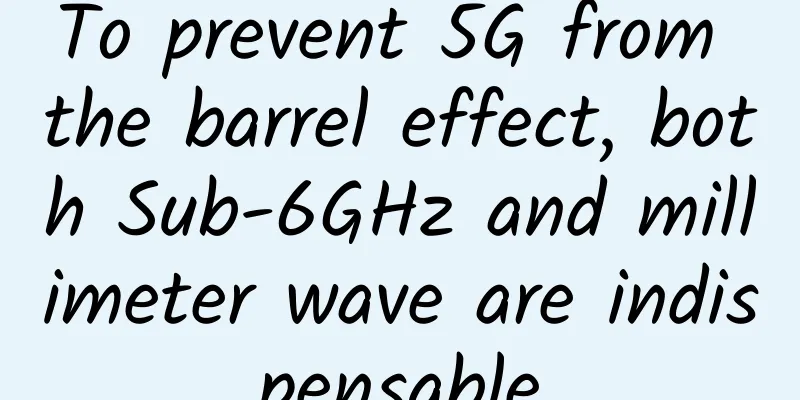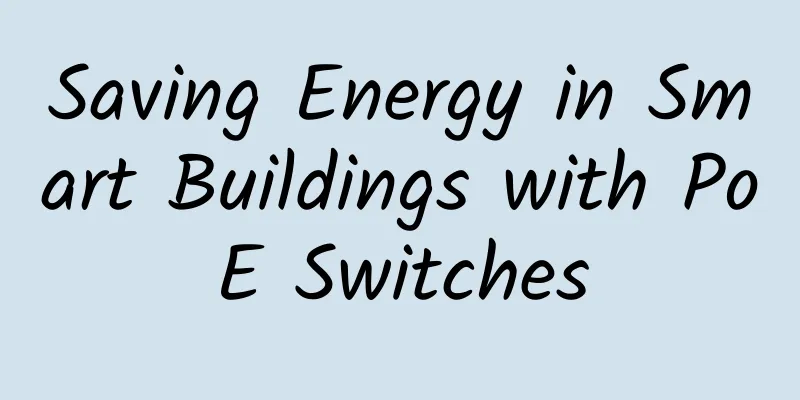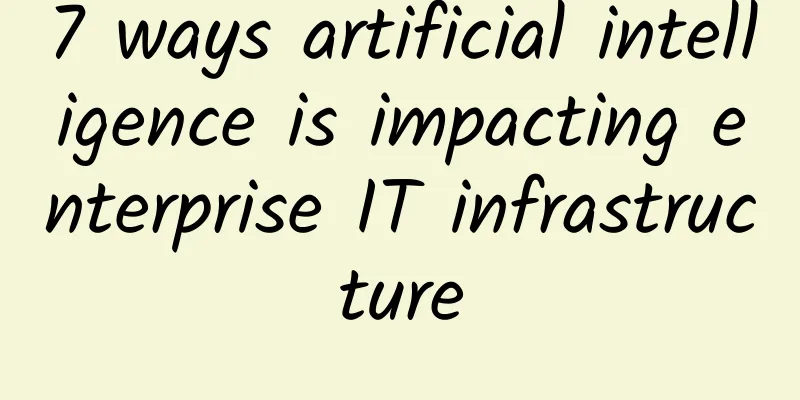To prevent 5G from the barrel effect, both Sub-6GHz and millimeter wave are indispensable

|
The wooden barrel effect is a well-known truth. 5G mobile phone manufacturers have also begun to call their products "water barrel machines" in their publicity. However, the deployment of 5G networks actually also has the wooden barrel effect. Making up for the shortcomings in the construction of 5G in the first year has become the current goal of many operators around the world. By combining Sub-6GHz and millimeter waves, 5G can cover a wide range, deep and fast. 5G users’ expectations: coverage and speed Consumers' expectations for faster and better connections may be one of the driving forces for the industry chain to move forward. The voices of consumers in the first year of 5G also happen to reflect the evolutionary direction of different operators' expansion of 5G network construction. Currently, consumers' expectations for 5G are mainly concentrated on two points: one is that they hope that the 5G network can cover their area as soon as possible, and the other is to experience the "flying" 5G network speed as soon as possible. The expectation for 5G coverage mainly comes from two aspects. One is that the city is not yet covered by 5G. Operators have actually begun to achieve rapid coverage of 5G networks through the medium and low frequency bands of Sub-6GHz in 2020. In particular, low frequencies have better penetration capabilities. For example, T-Mobile, which owns 600MHz, plans to cover 200 million North American users with 5G signals in 2020, and boasts that it will extend 5G coverage to rural areas. The other expectation is about the deep coverage of 5G signals. Users hope to still enjoy stable and high-speed 5G networks in dense business flow areas such as subways, stadiums, and buildings. Domestic operators that plan to start deep coverage in 2020 have previously replaced Wi-Fi coverage with 5G millimeter wave small base stations for co-location in Beijing subway stations, allowing downlink coverage to reach 96% and uplink coverage to reach 97%. Interestingly, when it comes to 5G millimeter waves, they can meet consumers' expectations for higher 5G speeds. For example, T-Mobile is a typical example. Although it has spared no effort in coverage, its 5G speed cannot satisfy consumers very much. The reason is that T-Mobile's 5G speed in the 600MHz band is only 20% faster than 4G. In fact, the speed of the Sub-6GHz band has already opened up a gap with the millimeter wave band in 5G speed, and consumers have the nature of "once you use it, you can't go back." Add a "+" to 5G networks in 2020 In fact, the user expectations faced by T-Mobile are also shared by many operators that only achieved Sub-6GHz frequency band coverage in the first year of 5G, that is, users hope that the peak rate of 5G can be several times faster than that of 4G. What's more, in the Android 11 system, the signal logo is designed to be "5G" and "5G+", with the former representing the Sub-6GHz frequency band and the latter representing the millimeter wave frequency band. After the new version is pushed, which consumer does not want to see 5G with a "+" sign?
The reason why Google wants to give the millimeter wave band the title of "5G+" is that the peak rate advantage of the 5G millimeter wave band has become prominent. Ookla gave the analysis results based on a large number of user test data of the Speedtest application: the average 5G download rate of terminals equipped with Qualcomm Snapdragon mobile platform is 5 times faster than 4G, and 5G millimeter wave is more than 4 times faster than the mid-band rate. The peak rate of 5G millimeter wave terminals equipped with Snapdragon mobile platform exceeds 2Gbps, and the average download rate exceeds 900Mbps, while Sub-6GHz is only 225Mbps. This data is based on the test of the currently deployed 400MHz bandwidth millimeter wave spectrum. In the future, the millimeter wave deployment will expand the bandwidth to 800MHz, and the speed can be doubled. Snapdragon 5G products can already support 800MHz bandwidth millimeter wave connections. As operators expand network bandwidth, consumers' 5G mobile phones will be able to double their peak speeds again. For operators that have not yet built millimeter wave networks in the first year of 5G, they have begun to prepare to make up for this shortcoming in their 5G networks in 2020. Italy and Russia have begun to accelerate their support for millimeter waves, and other EU countries have also begun planning to auction millimeter wave spectrum later this year. Operators in South Korea, Japan, Australia and some Southeast Asian countries plan to start 5G millimeter wave deployment this year or next. In addition to bringing faster speeds to 5G networks, operators' deployment of millimeter waves is also related to the fact that some operators are preparing to focus more on deep coverage rather than just broad coverage of 5G deployment starting in the second half of 2020. By deploying indoor millimeter wave private networks in indoor environments such as enterprises, venues and transportation hubs, multi-gigabit rates, ultra-low latency and extremely large capacity will meet consumers' 5G network needs in key areas. Sub-6GHz and millimeter wave are indispensable At present, both the operators and the network frequency band planning map given by Ookla in the report have a consistent answer, that is, to deploy 5G by leveraging the respective advantages of Sub-6GHz and millimeter wave bands. Low frequency bands such as T-Mobile's 600MHz achieve wide network coverage; mid-frequency bands achieve a balance between network coverage and capacity. For example, Verizon also uses DSS technology to share mid- and low-frequency spectrum between 4G and 5G to achieve rapid coverage; millimeter wave bands provide multi-gigabit rates and ultra-large capacity. For example, AT&T and Verizon's 5G networks have a huge rate advantage of more than 2Gbps. Different frequency bands also pave the way for different use cases. The low-frequency 4G/5G network provides a mature network for the Internet of Things that requires wide connectivity and low energy consumption, and provides C-V2X with a network that can be connected on any road. The medium-frequency Sub-6GHz can also meet the needs of smart traffic lights, wide coverage of urban areas, and some eMBB use cases. The millimeter wave frequency band can be well deployed in areas with dense business flows, providing new opportunities for industry applications such as live broadcasts of sports events, smart manufacturing, and enterprise private networks. It can be seen that Sub-6GHz and millimeter wave are indispensable, just like the pieces of wood in a 5G barrel. Only when they are highly consistent and spliced together can the three characteristics of 5G high speed, low latency, and large connection be realized. The lack of frequency band construction will lead to the barrel effect. Whether it is insufficient or shallow coverage or insufficient speed, it will affect the overall experience of the 5G network. Therefore, many operators have to make up for the shortcomings in the second year of 5G to prevent 5G from having the barrel effect. |
<<: MESI protocol, JMM, common thread methods, etc.
Recommend
The threat of cyber espionage
[[192125]] The cyber espionage operation, now nam...
Ruijie Smart Classroom: Assisting practical classrooms and training great craftsmen
Compared with traditional classrooms, vocational ...
Six requirements for integrating SmartNIC/DPU into existing network infrastructure
The CPU has long been considered the backbone of ...
Should I turn off my router when I go to bed at night? This is a question
Nowadays, many people have WiFi at home and have ...
China Mobile lost 8 million users. Why are users disappointed with China Mobile?
The introduction of the number portability policy...
What is 5G NR? Learn about the new radio standard
What is 5G NR 5G sets new standards for mobile co...
5G is in the ascendant, and 6G is coming. Learn about the latest developments and trends
The latest research shows that 5G networks are fa...
How low-code platforms enable machine learning
【51CTO.com Quick Translation】 [[425497]] Low-code...
Computing power networks connect the digital society. How should operators seize the new opportunities of the era?
Computing network is an emerging technology conce...
Asia Cloud: CN2 GIA cloud servers in the United States/Japan/Hong Kong starting from 24 yuan/month, with optional data centers in Shenzhen/Guangzhou/Fuzhou/Shiyan, etc.
AsiaYun is a domestic business founded in 2018. I...
RAKsmart: 20% off on cluster servers starting from $113/month, 258 IPs with 1C/2C/4C/8C options, San Jose/Los Angeles/Hong Kong/Korea/Japan data centers
Many friends have the demand for multi-IP cluster...
Hosteons: $2/month-1GB/15GB SSD/2TB@10Gbps bandwidth/Salt Lake City data center
A few days ago, I shared the promotion informatio...
SpaceX executive says Starlink can expand service to 30 million Americans
SpaceX's satellite internet service, Starlink...
10gbiz 40% off on all VPS hosts, Hong Kong CN2 GIA/Los Angeles CN2 GIA lines available
10gbiz's promotion is still going on, with 40...
The American Internet is about to undergo a major change: Is the protective umbrella Section 230 really going to disappear?
"Revoke 230!" US President Trump wrote ...









